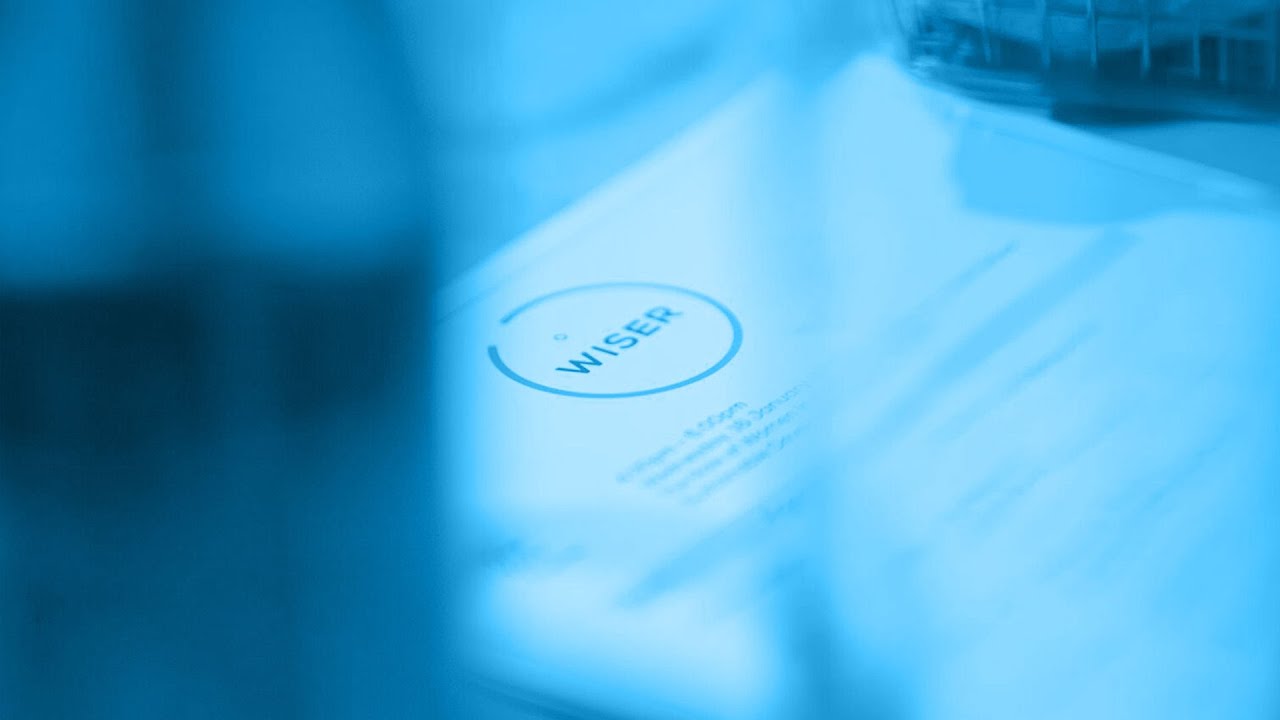WiSER Wisdom Series explores the role of public and private sectors in building sustainable cities
Collaboration between the private sector and public sector, including research institutes and local authorities, is key to building sustainable cities, attendees of the fifth WiSER Wisdom Series heard.
Hosted by Masdar’s Women in Sustainability, Environment and Renewable Energy (WiSER) platform, the session was moderated by Anthony Mallows, an architect and city planner. Panelists were: Anne-Marie Choho, Director General - Executive Vice-President at SETEC, and James Baker, CEO, Graphene Institute (University of Manchester).
Over half the world’s population currently lives in cities, with the share expected to rise to two-thirds by 2050. Anthony pointed out that “80 percent of our energy is absorbed in cities so this topic today is fundamental to a greener, sustainable future for all of us”.
Anne-Marie said the private sector can work with the public sector in sustainable urban development by marrying business expertize with advanced technologies, as well as incubating its own innovations.
She gave an example of the work SETEC is doing on the King Salman Park rehabilitation project in Riyadh where “we’re having to come up with state-of-art technology and solutions to work out, not only the functions that are targeted for this park, but also to take into account the timeline we need to redevelop living ecosystems and therefore to plan for the services needed for micro-climate regulation”.
James highlighted the transformational impact advanced materials such as graphene, identified as the world’s strongest and thinnest known material, could have on sustainable urban development.
“Advanced materials can play a key role in our more sustainable future and meeting some of those challenging net zero targets, from new forms of construction, modular housing, through to lighter weight vehicles or aircraft, through to new forms of energy storage or batteries, or super capacitors,” he said.
Through the Graphene Engineering Innovation Centre (GEIC), housed in the Masdar Building at the University of Manchester in England, work is being carried out with companies to develop and launch new technologies, products and processes that exploit the remarkable properties of graphene and more than 100 2D materials. However, a major stumbling block to unlocking their potential is the time needed to incubate, commercialize, certify and regulate them, James explained.
“We need to scale up and make graphene… by the hundred tonne. That’s where we are today with the graphene supply chain,” he said. “But we also need to know how to mix it, to add it, to form these new types of products and applications – and then to rapidly test those into the marketplace. So for me, the model is very much around partnership and collaboration.”
Anne-Marie said smart devices, smart services and clean energy are breaking through into the market, but mosly in new urban development, adding that “99 percent of our current building are not new and that’s where we need to have sustainability be implemented”.
There are multiple ways to implement sustainable urban development, for instance, through offerings such as mobility-as-a-service, which SETEC is involved, said Anne-Marie.
“When we do that, it’s important to think of cradle-to-grave. Seamless transportation, down to the last kilometer,” she said. “And when you think about it, the last kilometer sometimes is not that sophisticated. It can be just to provide a safe parking for bikes so that people don’t have to use their car to the train station. But it can also be in developing countries making sure that everyone has easy access, sometimes even digitized access, to privately run tuk-tuks… ‘Has the pandemic slowed things down?’ I would say no.”
WiSER is supported by Principal Partner Abu Dhabi Global Market.
Watch the full session here.




